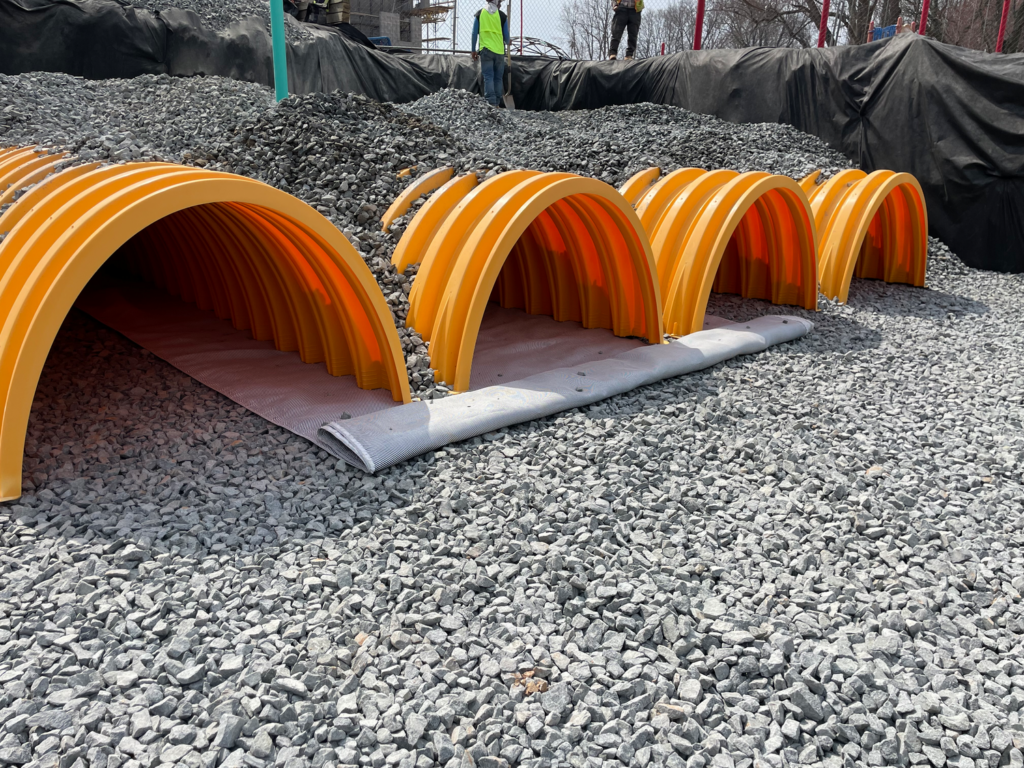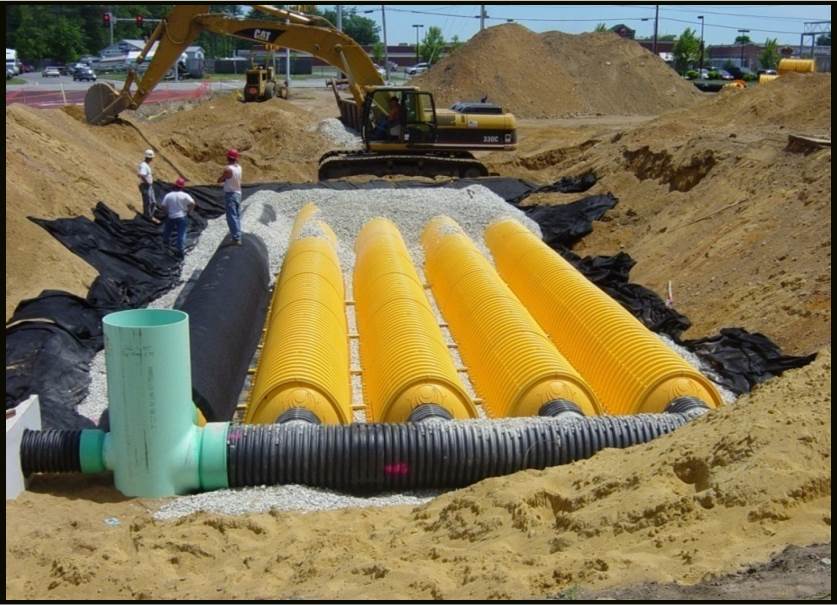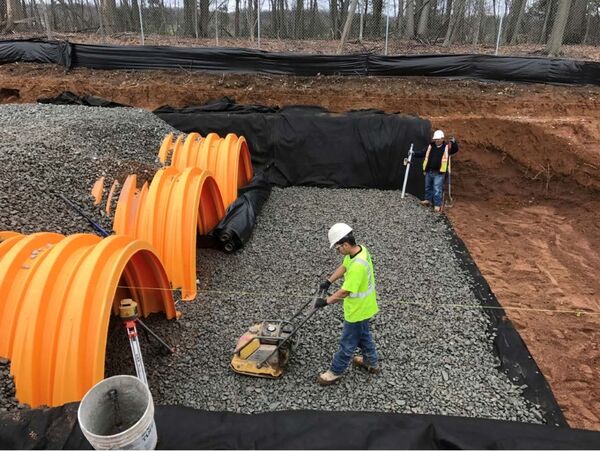Stuart Crisp, UK manager at Advanced Drainage Systems (ADS), looks at verified mitigation indices for engineered SuDS components
The drive to improve water quality has gained momentum in recent years, reinforced by the Government’s Plan for Water, published by Defra in April 2023. It highlights the urgent need to address water pollution, with Sustainable Drainage Systems (SuDS) recognised as a key part of the solution. While SuDS are often associated with managing water quantity – reducing runoff and flows into sewers and minimising combined sewer overflow discharges – they also play a vital role in improving water quality by removing pollutants from surface water.

In practice, the water quality element is sometimes overlooked, down-specified or cut in so-called ‘value engineering’ exercises, where the hydraulic aspects are the key focus to manage flood prevention and other aspects, such as maintenance, are downplayed short shrift. Effective SuDS design requires a risk-based approach that accounts for both water quantity and quality, deploying a management train of natural and engineered SuDS components tailored to the types and levels of pollution present.
The CIRIA SuDS Manual (C753) sets out a framework for this approach. It introduces pollution hazard indices for different land uses and pollutants – total suspended solids (TSS), metals, and hydrocarbons. For example, a public car park might have indices of 0.7 for TSS, 0.6 for metals, and 0.7 for hydrocarbons. Designers must then identify SuDS components that, alone or in combination, achieve sufficient mitigation indices to address these risks.

Natural SuDS elements such as swales and ponds have well-documented mitigation indices in the Manual. However, for engineered or proprietary components, performance data must be independently verified.
To bridge this gap, British Water has taken a leading role. In 2016, it published a Code of Practice for the Assessment of Manufactured Treatment Devices Designed to Treat Surface Run-off, followed in 2022 by a practical guide, Applying the CIRIA SuDS Manual (C753) Simple Index Approach to Proprietary/ Manufactured Stormwater Treatment Devices.

These provide a method for determining mitigation indices for engineered SuDS components. Manufacturers can test their products and publish independently verified data. Some manufacturers have their components listed on British Water’s publicly available database. This transparency and consistent approach helps designers and specifiers incorporate manufactured solutions into SuDS trains with confidence. One such example is the ADS StormTech combined attenuation and treatment system, often eliminating the need for additional SuDS treatment components.

Understanding the types of pollutants in surface runoff is central to effective design. Sediments are particularly important in water quantity and water quality management, reducing both the storage capacity and flow rate of SuDS elements and carrying pollutants attached to them, if not managed properly.

Metals are common in UK run-off and harmful to aquatic ecosystems at high concentrations. Hydrocarbons are another threat, exacerbated by changing rainfall patterns which wash accumulated pollutants into drains during intense storm events. Nutrient pollution, typically nitrogen and phosphorus from agriculture or sewer outfalls, can trigger algal blooms, depleting oxygen in water bodies and damaging aquatic life.
SuDS that manage these pollutants requires more than simply meeting regulatory standards. Sediment management, for example, should be planned from the outset, with maintenance regimes ensuring long-term performance. By adopting a holistic, risk-based strategy for water quantity and quality and using both natural and verified engineered components, designers can deliver systems that genuinely improve water quality.